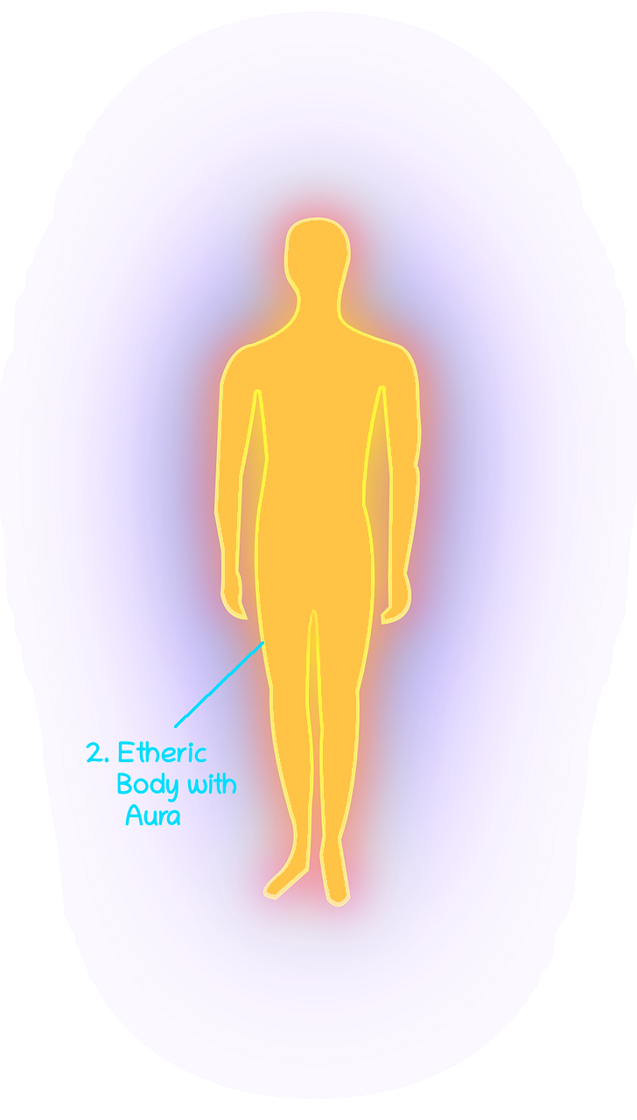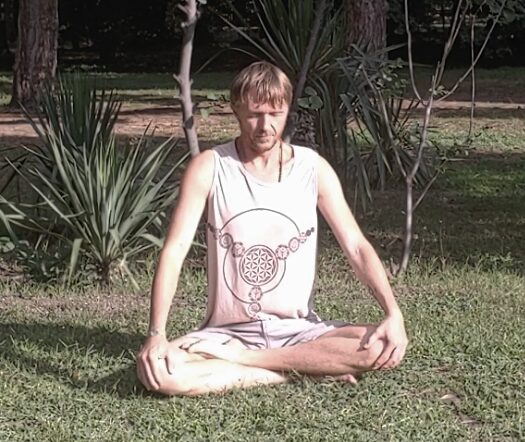After the physical body, we now move on to the next subtler body, the so-called etheric body. The etheric body, which is associated with the so-called 'Pranamaya Kosha' in the Kosha system, is now the first body that can (normally) no longer be seen with the eyes, unless you have already opened yourself up to the ability of clairvoyance.
He has roughly the same size and shape as the physical body and is the carrier of the formative forces of the physical body, as well as the vital life force and physical sensations. It also serves as an intermediary of information and energies from higher bodies to the physical body and vice versa. When weakened, this exchange of information and energy can be disrupted.
The etheric body, which can also be referred to as the energy shell, functions on the basis of electricity (which is a partial aspect of the so-called ' Prana'), which, among other things, flows through the physical nerves and the subtle energy channels (=meridians or nadis).
The energies that the etheric body receives, through the Prana (=life force energy) from food, the air we breathe, through the solar plexus chakra from the sun, and through the root chakra from the earth, are, among other things, directed to the physical body and stored. Excess energy is radiated through chakras and pores.
This radiated energy forms a kind of protective coat around the physical body, which prevents pathogens from penetrating. Negative thoughts and emotions, as well as an unhealthy lifestyle, can consume the etheric life energy. This then leads to a reduction of natural energy being radiated, and as a result, gaps can appear in this protective layer. The etheric body is formed anew with every human rebirth and dissolves again after physical death (in contrary to the emotional, mental and causal bodies which continue to exist).

